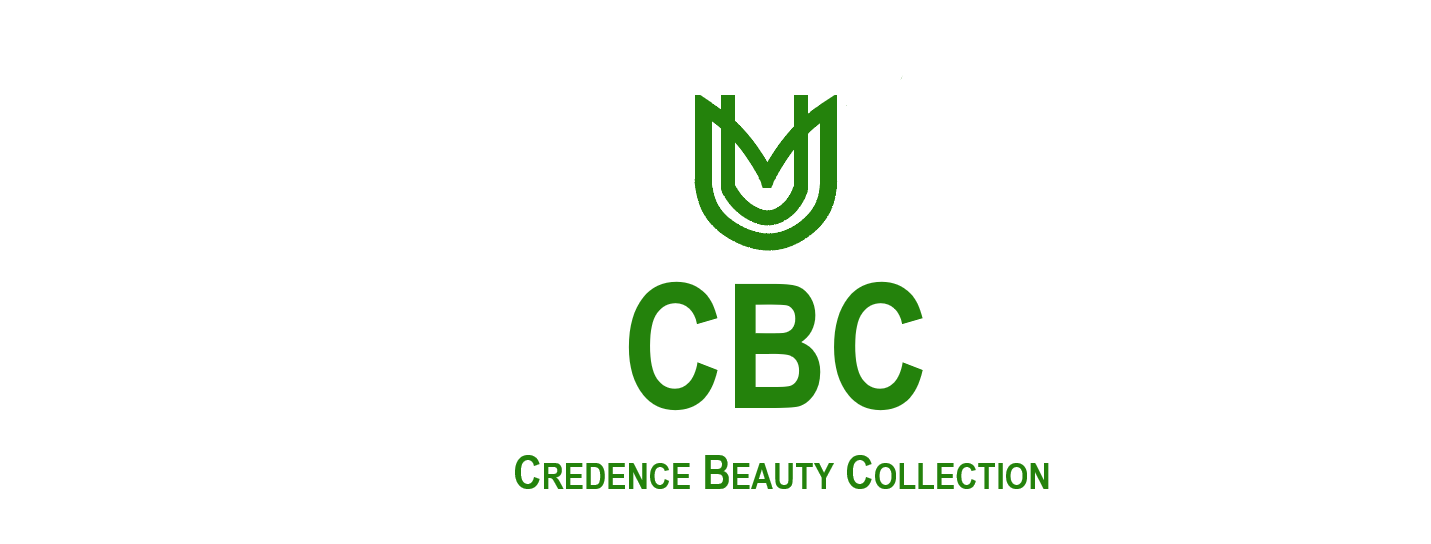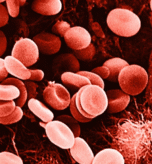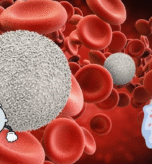Beauty trends have been a part of human culture for thousands of years, with each era having its unique standards and practices. From ancient civilizations to modern times, beauty trends have evolved significantly, reflecting the social, cultural, and economic changes of their respective periods. In this article, we’ll take a journey through the history of beauty trends, highlighting the most notable practices, products, and styles that defined each era.
Ancient Civilizations (3000 BCE – 500 CE)
In ancient Egypt, beauty was closely tied to spirituality and social status. Egyptians used malachite as eye shadow, kohl to line their eyes, and henna to dye their hair and lips. They also used perfumes and scented oils to fragrance their bodies.
In ancient Greece and Rome, beauty was associated with youth, health, and physical fitness. Women used crushed mulberries as rouge, while men and women alike used olive oil as a moisturizer and sunscreen.
Middle Ages (500 – 1500 CE)
During the Middle Ages, beauty standards were heavily influenced by the Church. Pale skin was considered a sign of wealth and nobility, while tanned skin was associated with manual labor. Women used ceruse, a mixture of white lead and vinegar, to achieve a pale complexion.
Renaissance (1500 – 1700 CE)
The Renaissance saw a resurgence of interest in classical Greek and Roman beauty standards. Women used heavy makeup, including rouge and lip color, and adorned themselves with elaborate hairstyles and headdresses.
18th and 19th Centuries (1700 – 1900 CE)
The 18th century saw the rise of the aristocracy, and with it, the use of elaborate wigs, powders, and perfumes. Women also used corsets to achieve a slender waistline.
In the 19th century, the Industrial Revolution brought mass production of cosmetics, making beauty products more accessible to the general public. The Victorian era’s beauty standards emphasized modesty, with women covering their skin and hair in public.
Early 20th Century (1900 – 1940s)
The early 20th century saw the rise of Hollywood’s influence on beauty trends. Movie stars like Greta Garbo and Marlene Dietrich became style icons, with their signature looks emulated by women worldwide.
The 1920s saw the bobbed haircut become a symbol of female liberation, while the 1930s emphasized natural beauty, with a focus on skincare and sun-kissed complexions.
Post-War Era (1940s – 1960s)
The post-war era saw the rise of consumer culture, with the beauty industry booming. Women like Elizabeth Taylor and Jacqueline Kennedy became style icons, with their glamorous looks and signature styles.
The 1960s saw the emergence of the “natural look,” with a focus on minimal makeup and a more relaxed, effortless style.
1970s and 1980s
The 1970s were all about self-expression, with the hippie movement’s emphasis on free-spirited individuality. Women like Farrah Fawcett and Cher became style icons, with their feathered hair and natural beauty.
The 1980s saw the rise of power dressing, with big hair, bold makeup, and shoulder pads becoming symbols of female empowerment.
1990s and 2000s
The 1990s saw the grunge movement’s influence on beauty trends, with a focus on minimal makeup and a more relaxed, undone style. Women like Kate Moss and Jennifer Aniston became style icons, with their effortless, natural beauty.
The 2000s saw the rise of celebrity culture, with reality TV stars and social media influencers becoming beauty trendsetters.
Modern Era (2010s – present)
The modern era has seen a significant shift towards inclusivity and diversity in beauty standards. The rise of social media has democratized beauty, with influencers and bloggers showcasing their unique styles and products.
The 2010s saw the rise of contouring, highlighting, and strobing, with a focus on enhancing natural features. Women like Kim Kardashian and Beyoncé became style icons, with their curves and confidence celebrated worldwide.
Today, beauty trends are more diverse than ever, with a focus on individuality, self-expression, and sustainability. The beauty industry is shifting towards eco-friendly products, cruelty-free testing, and inclusivity, reflecting the values of a new generation of beauty enthusiasts.
Conclusion
The history of beauty trends is a fascinating journey through time, reflecting the social, cultural, and economic changes of each era. From ancient civilizations to modern times, beauty trends have evolved significantly, with each era leaving its mark on the beauty industry. As we look to the future, it’s exciting to think about what beauty trends will emerge, reflecting the values and aspirations of a new generation.



